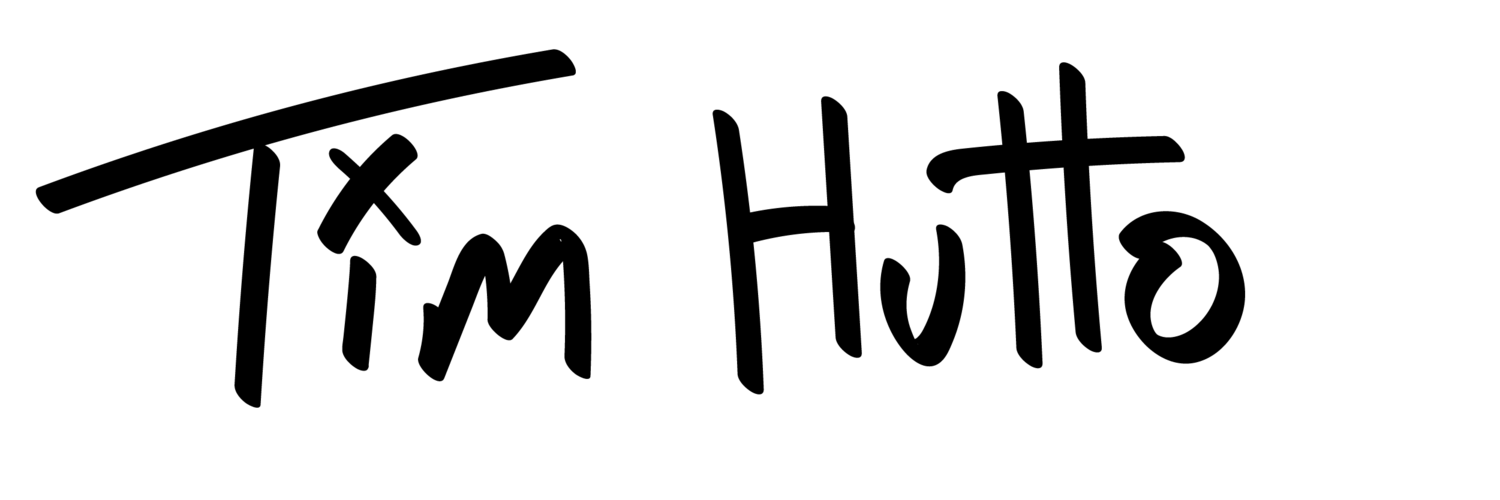When using Ektrar 100 for long exposure work Kodak’s data sheet leaves any exposures beyond one second up to user tests. This is a not much more than educated guesswork at a steep price. Since I’m using a studio camera with narrow apertures and exposures of longer than eight seconds its been a rabbit hole to say the least.
The extended exposure work on Ektar film isn’t common. It’s not an easy film to work with from my research. I’ve done a deep dive on Google and Reddit. While professionals and artists are using it, no one is pushing this emulsion to its limit.
Most of the sources concur that for exposures less than 10 seconds you should expose for the metered time. However the internet is a web of contradictions, with a few sources recommending extending exposure times at one second to compensate for reciprocity failure. The most accurate measurement being offered by a phone app that caps time limits at 220 seconds. With most charts being vague at best and non-existent in all cases beyond 5 minutes.
Currently I’m working through a few test rolls exploring some simple exposure situations requiring long periods of open shutter time. If anyone is working with this emulsion in this way please leave a comment or send me a message. I am very interested in your work and process.






